Art Classes Take Hybrid Learning
Despite the fact that she’s enrolled in Advanced Ceramics, 11th grade art student Elena Rodriguez spends her Block 6 Art class completing an independent study in virtual animation. Rodriguez spent her morning on Thursday, March 11th practising moving cartoon mouths and facial expression in time with words and music. “It’s very fun, I like that I get to spend time drawing. Hybrid is a little more challenging and we don’t get to do all the usual fun stuff, but it’s still interesting and nice to have an art class,” says Rodriguez.
Artists are known for the vast array of techniques, materials, and skills utilized to enhance their craft. Paint, clay, wire, string, paper mache, and so many other materials are the bedrock of any introductory art class– so what happens when a global pandemic takes those materials out of a student’s hands?
When the Silver Creek art department was struck with the repercussions of the COVID-19 pandemic, they were forced to adapt traditionally hands-on, studio based classes to a virtual setting. This entailed approaching the 2020-2021 school year with a total restructure of the Silver Creek Art curriculum.
Full virtual learning, a spotty Webex connection, a hybrid schedule accompanied by unexpected quarantine, or regular in-class time all had to be accounted for as possible circumstances students and teachers would be adapting to between one day and the next. Students at home may not have access to materials for basket weaving, needle felting, painting, photography, or any other basis for creating art, but they would need to create nonetheless. The Silver Creek Art department, therefore, was left with the responsibility of supplying students with everything they would need in order to pass an art class from their own home and while adhering to strict safety guidelines.
To achieve this, students of all art classes were supplied with identical packets of personal art supplies. This packet included a sketchbook, pencils, sharpies, glue, tape, watercolor paints, and a number of other basic materials that could be used in a plethora of creative projects. The teachers created interactive slideshows to allow students to gain instruction in their chosen unit of study, and weekly portfolios of student work became the grading standard.
“It has become a lot less about what I could demonstrate and provide for in class, and more about the skills and resources we could provide for students so that they can learn even asynchronously,” Anne Torkelson, one of three Silver Creek art teachers, explains. “We did that to promote equity”.
Given the goal of promoting equitable opportunity even while constrained by students’ limited ability to use shared and specialized supplies, the Head of the Art Department and fellow art teacher, Katherine Giese, found it difficult to ethically request the student fees usually required in funding an art class. And yet, funding was necessary to supply students with their personal material packets.
“Students are going through a hard time, parents are going through a hard time; if we can manage to not ask them for a fee it might be a lesser burden on them,” Giese says. “ [But,] if we are not collecting any fees, who is paying for these materials? [The art department teachers] worked with what we had already in our account and we asked for a grant. We got a grant from the Education Foundation that played for this semester’s supplies for students.”
With a department wide achievement standard and ability to access supplies, the issue of materials seemed settled. Still, the next hardship emerged in the lack of time students were able to devote to creative, rather than academic, classes.
Jerry Tropman, another Silver Creek art teacher, explains, “In some ways there is more time than ever, but in other ways there’s not. Expectations that families and home situations [have] on [a student’s] time is making it difficult for students to commit to their school work in the way they have in the past.”
Concurring with her colleague, Giese likewise adds, “I think that students rush through their work. They don’t necessarily take the same amount of time as they would if they are in class with direct instruction. I think that it’s more like a to do list; ‘I need to get this done’ not ‘I’m enjoying this’”.
All three art teachers have mentioned that the average standard of student work has been consequently lowered.
Nearly three quarters of the way through the year now, the Silver Creek art department has found steady footing in adapting the curriculum. Students are equipped and capable of completing their assignments in any learning environment they find themselves in, and the teachers are secure in their ability to supply the needed resources. The only issue remains: what is going to happen in the final three months of the school year? On this topic, at least, every Silver Creek Teacher seems to be equally ready for changing circumstances.
For the art department, the need for fluid adaptation of the curriculum is even now continuing. The art teachers will not be able to rest until the pandemic and accompanying safety guidelines themselves stop developing.
While speaking of opening in-person classes four days a week after Spring Break, Tropman states, “I’m not expecting a lot of difference. We don’t really know, but we can only move forward with what we know. What we know is that we [will still] have really strict guidelines on shared equipment and shared materials”.
Giese and Torkelson have similar views of the immediate future as their colleague, but Giese shows optimism for the long-term repercussions of the COVID-19 experience.
“I think there are going to be benefits of all this,” Giese says. “I think that teachers are going to have to be more savvy and more flexible. I think that students will have to be more flexible and adjust their expectations also. . . . when you go through strife and difficult times, and then you emerge out of it, usually there is something that you learned that helps you in the future. I have a rosy outlook”.
In the ever changing world of COVID-19, the Silver Creek art department has turned their creativity into initiative in problem solving .
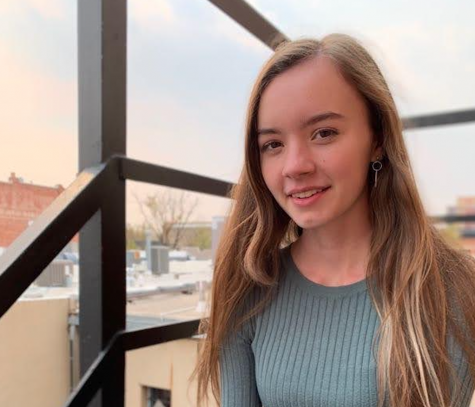
Alexis Wright is a Senior at Silver Creek High School. This is her first year in Journalism. She enjoys reading, writing, baking, and hiking across Colorado...
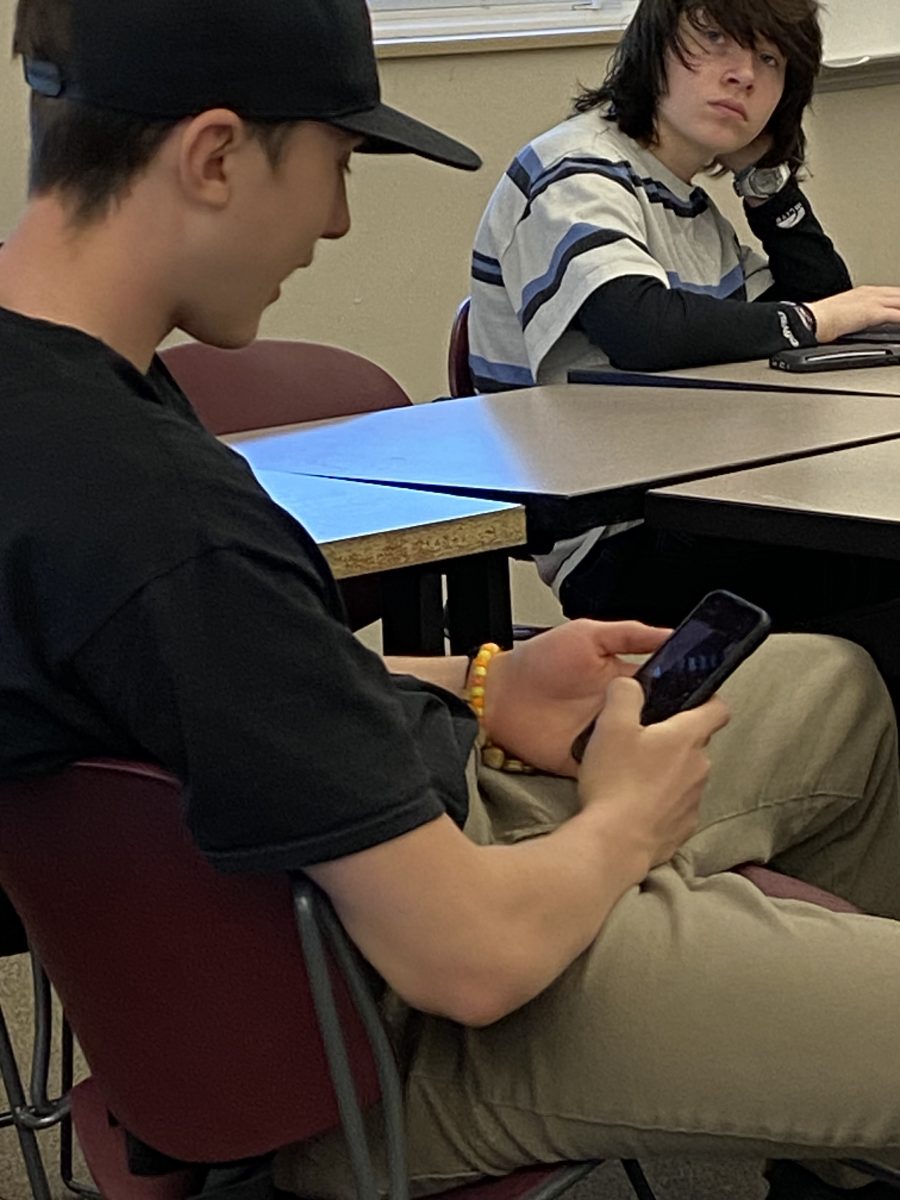
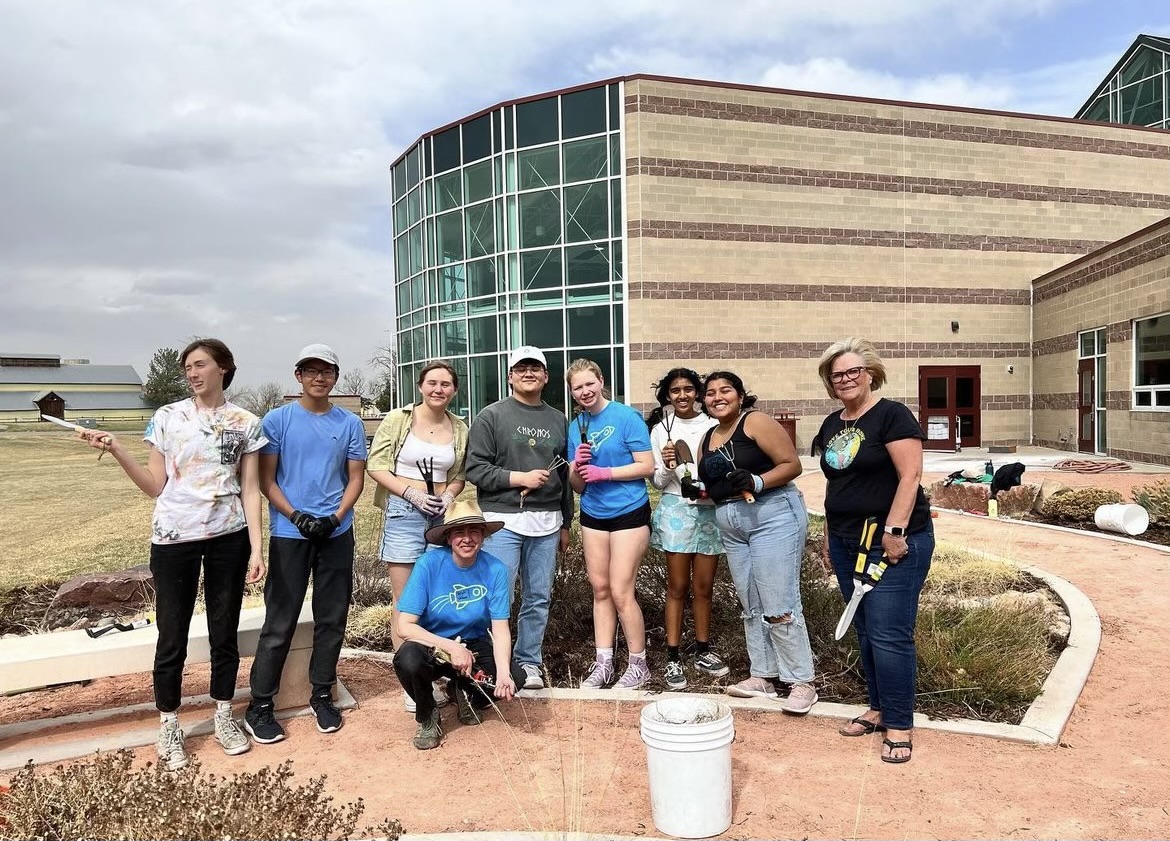

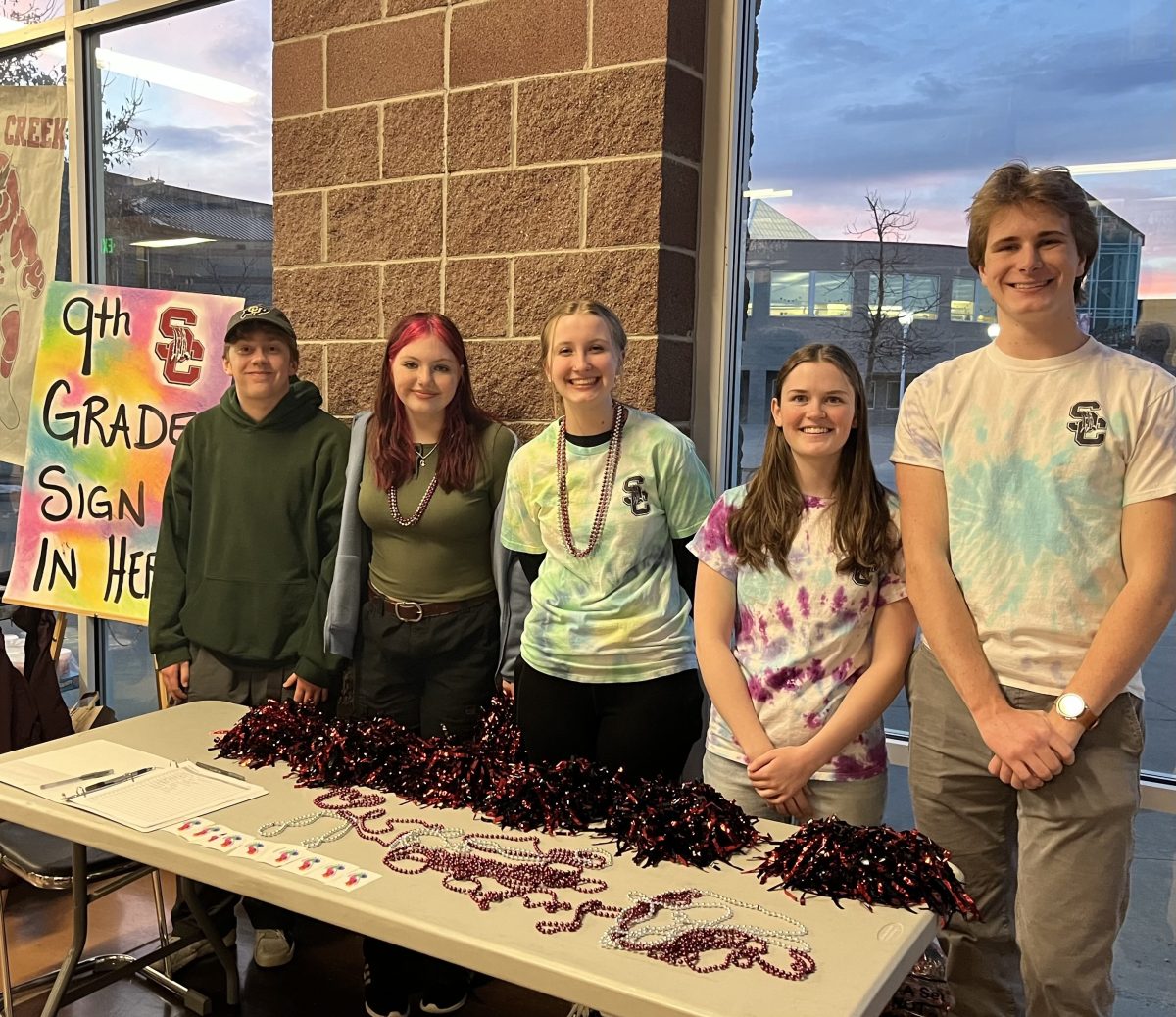
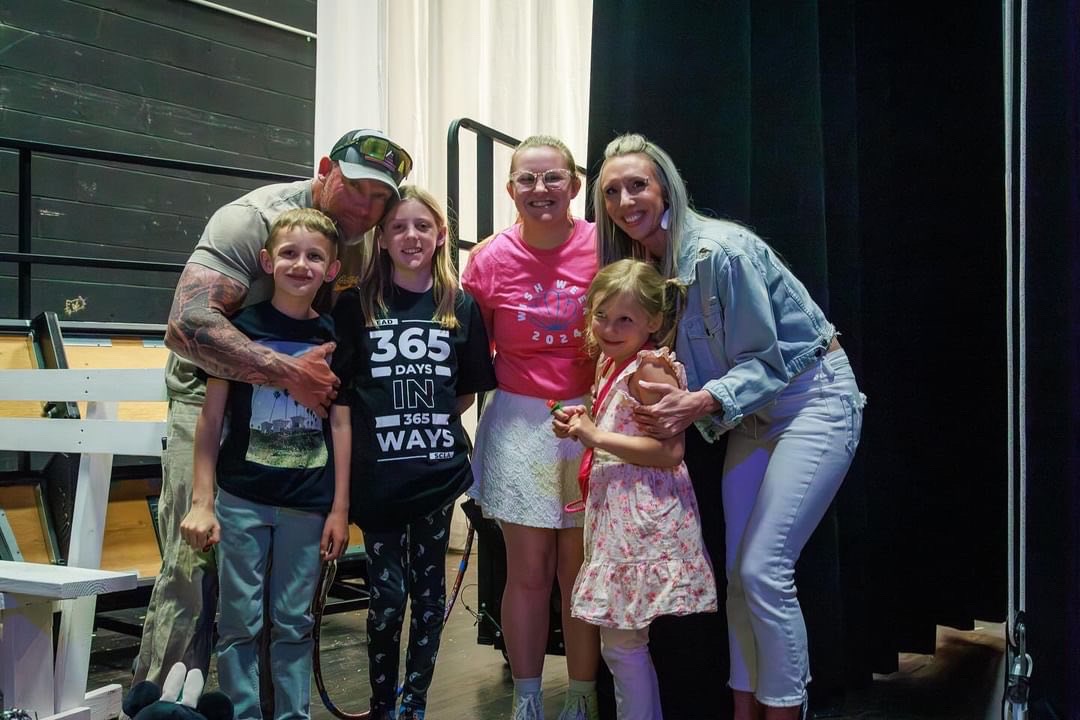



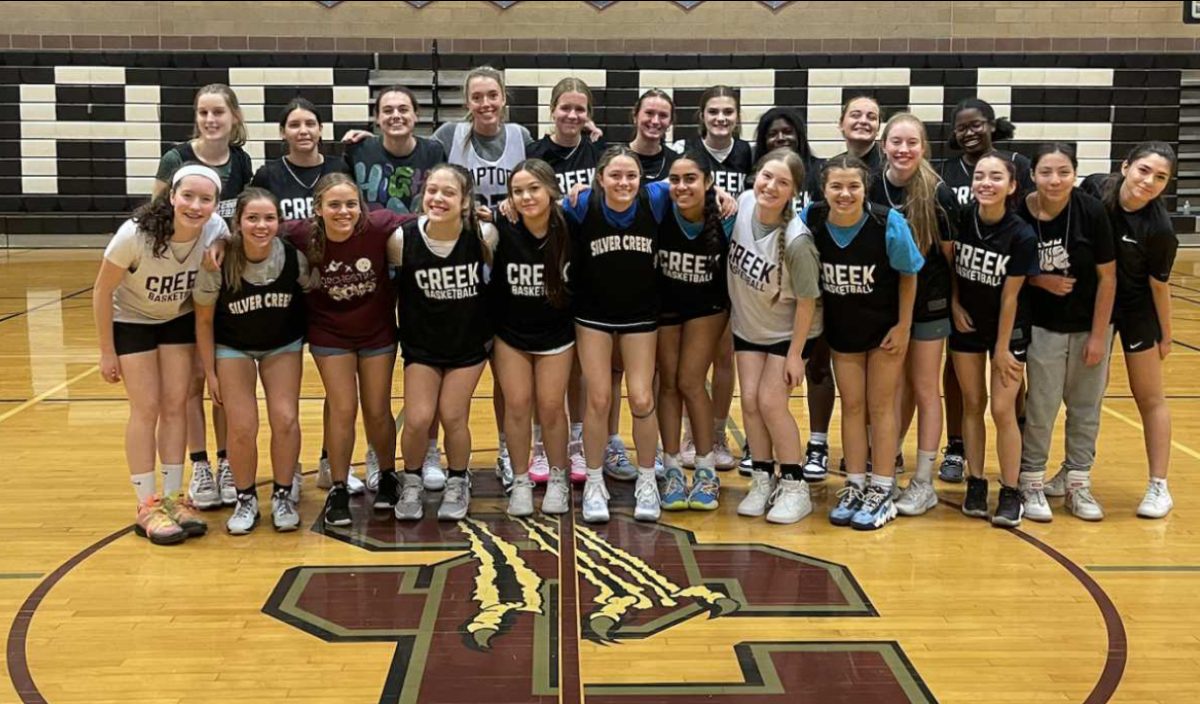
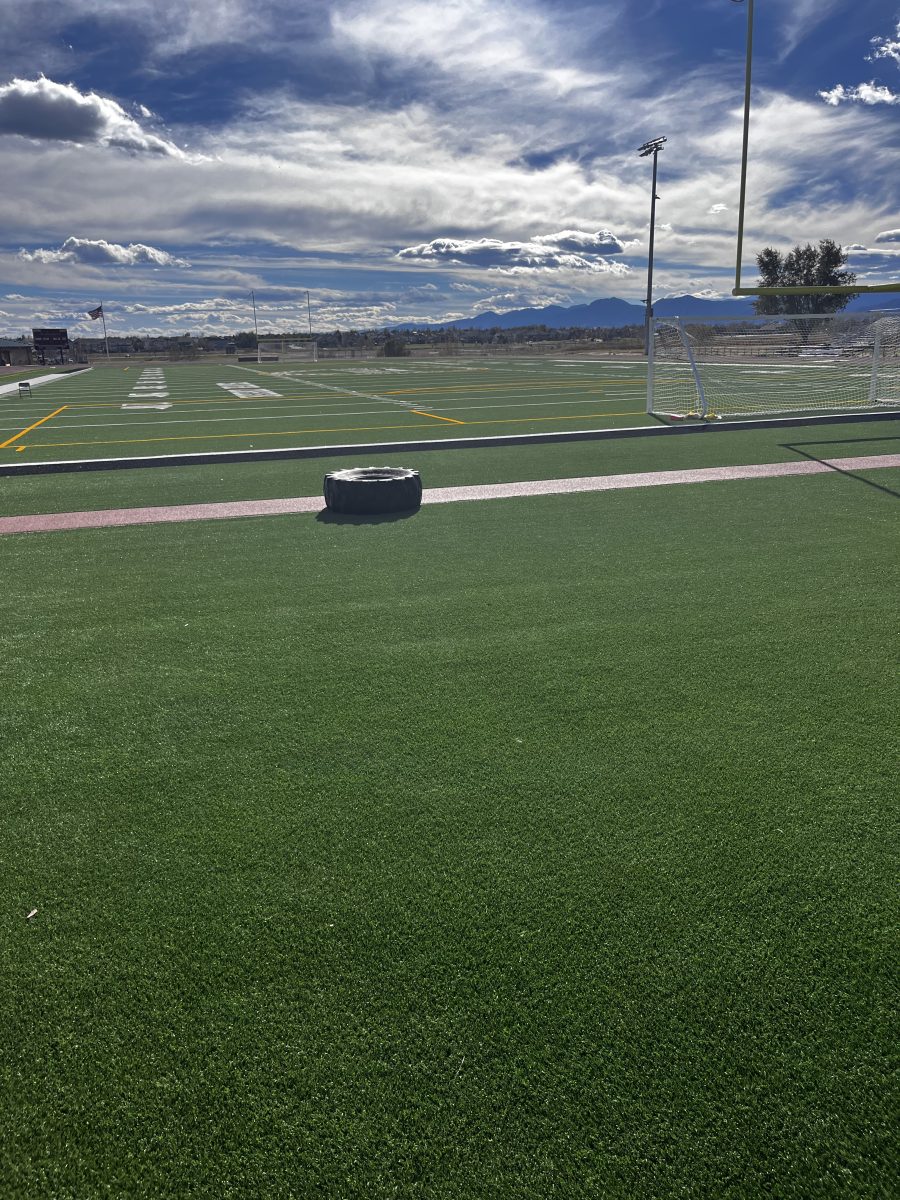
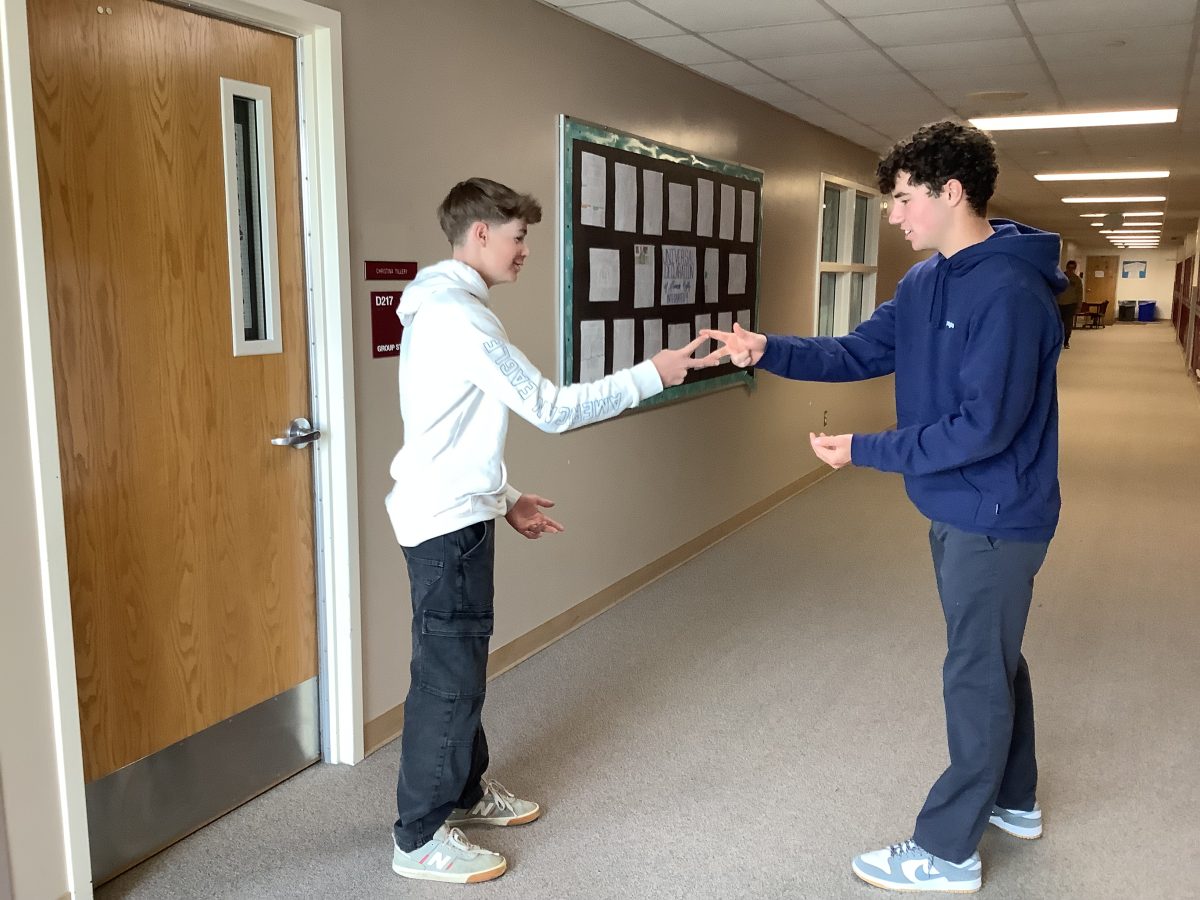

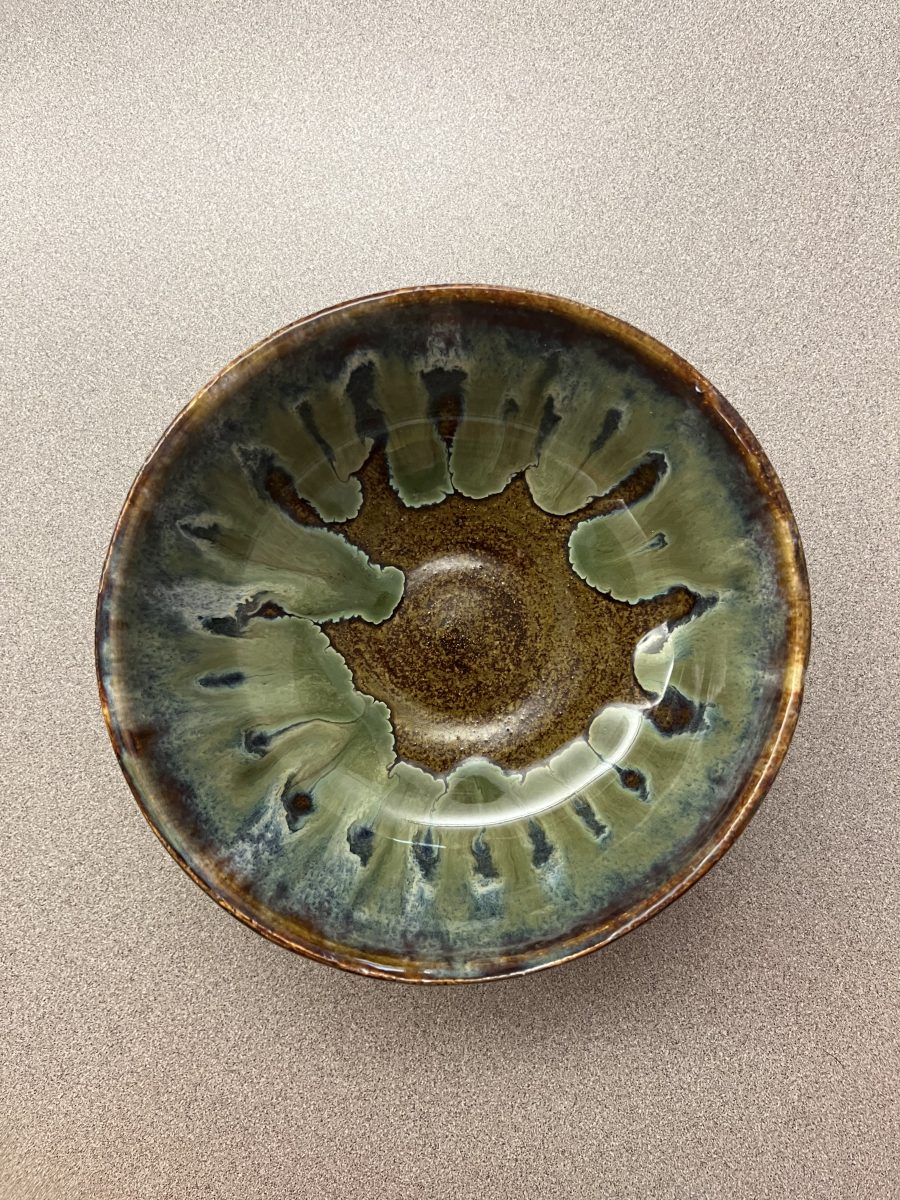
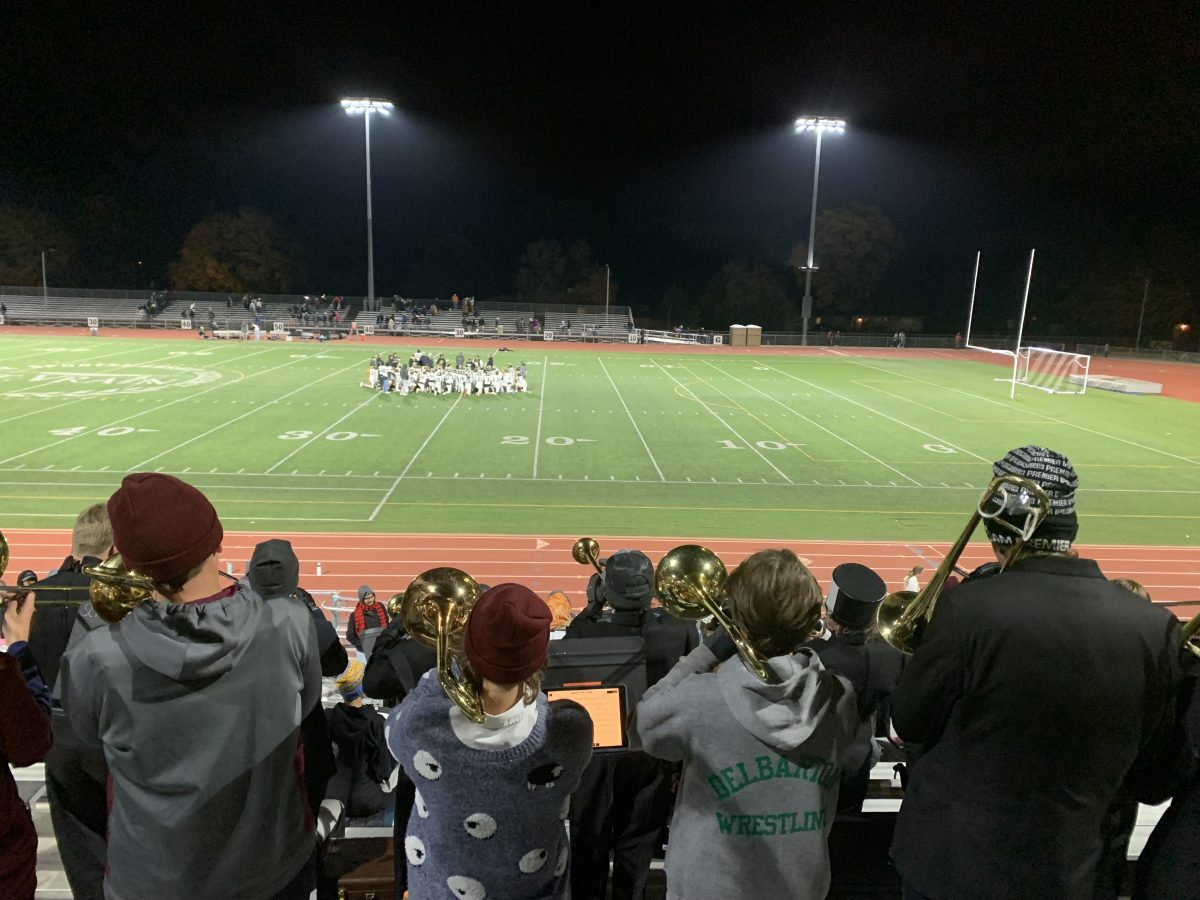
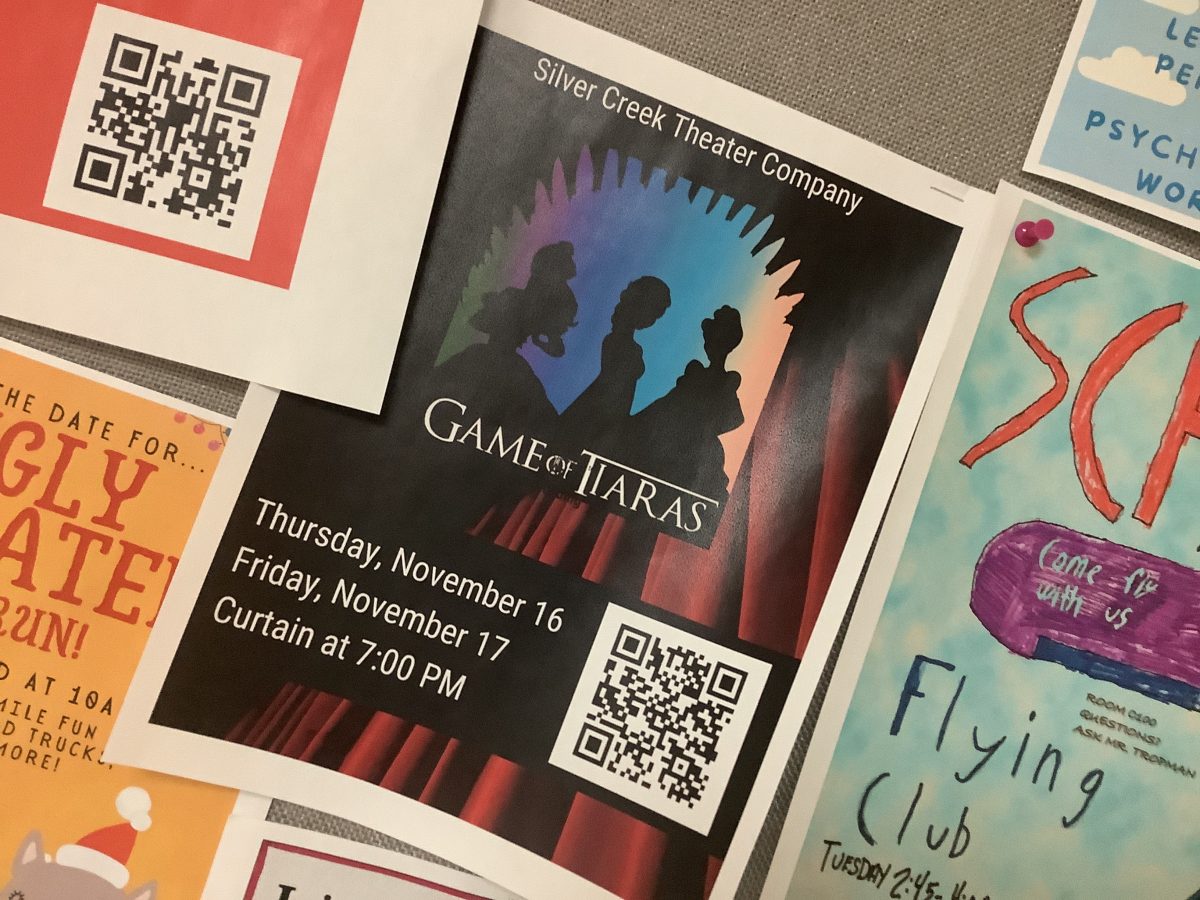

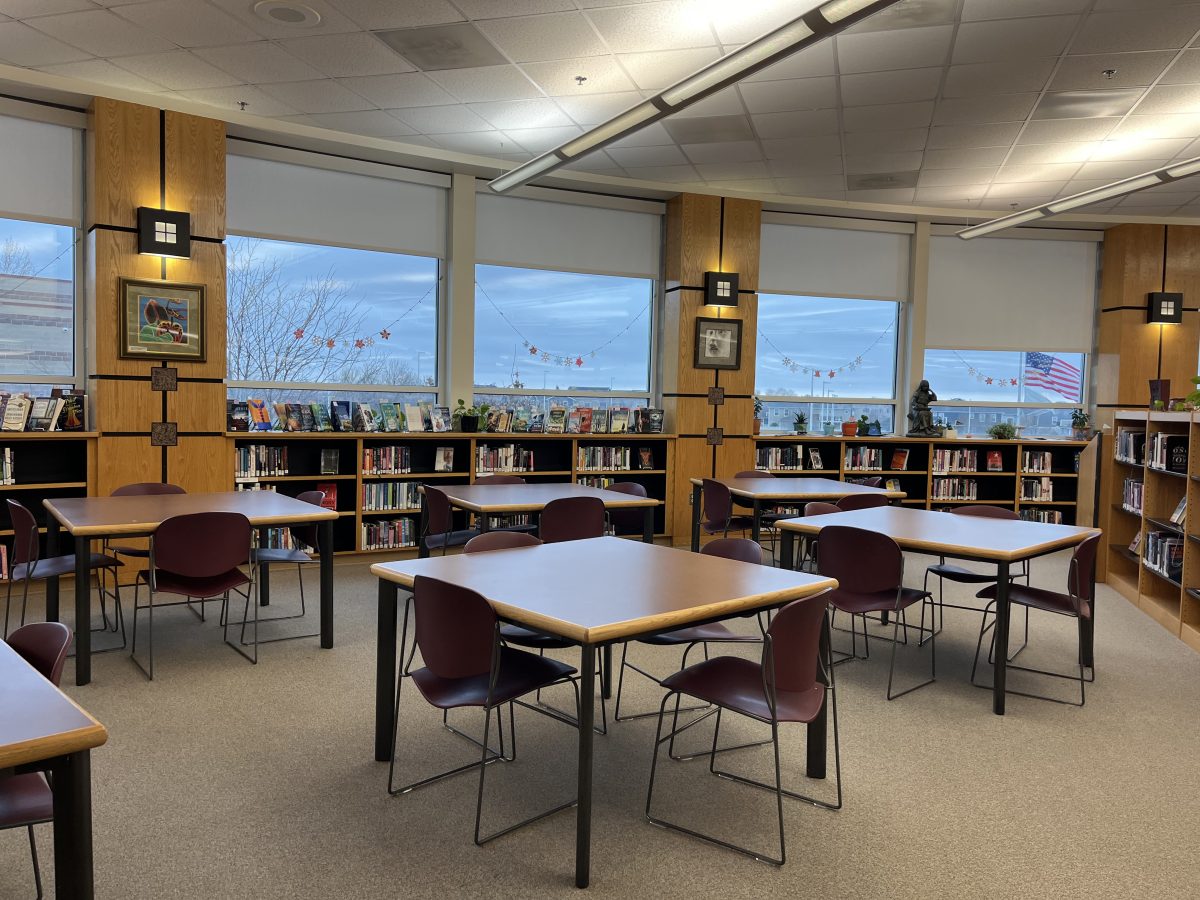
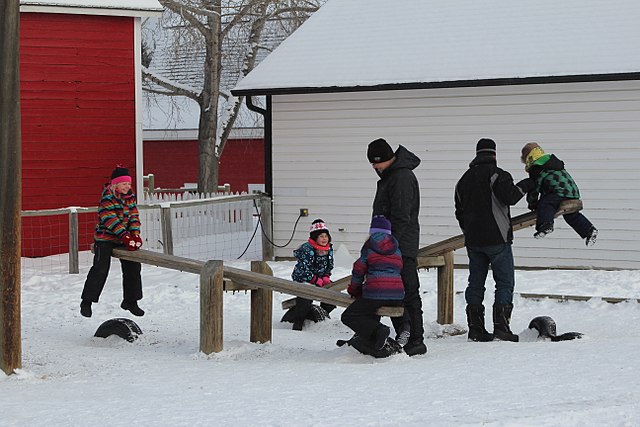

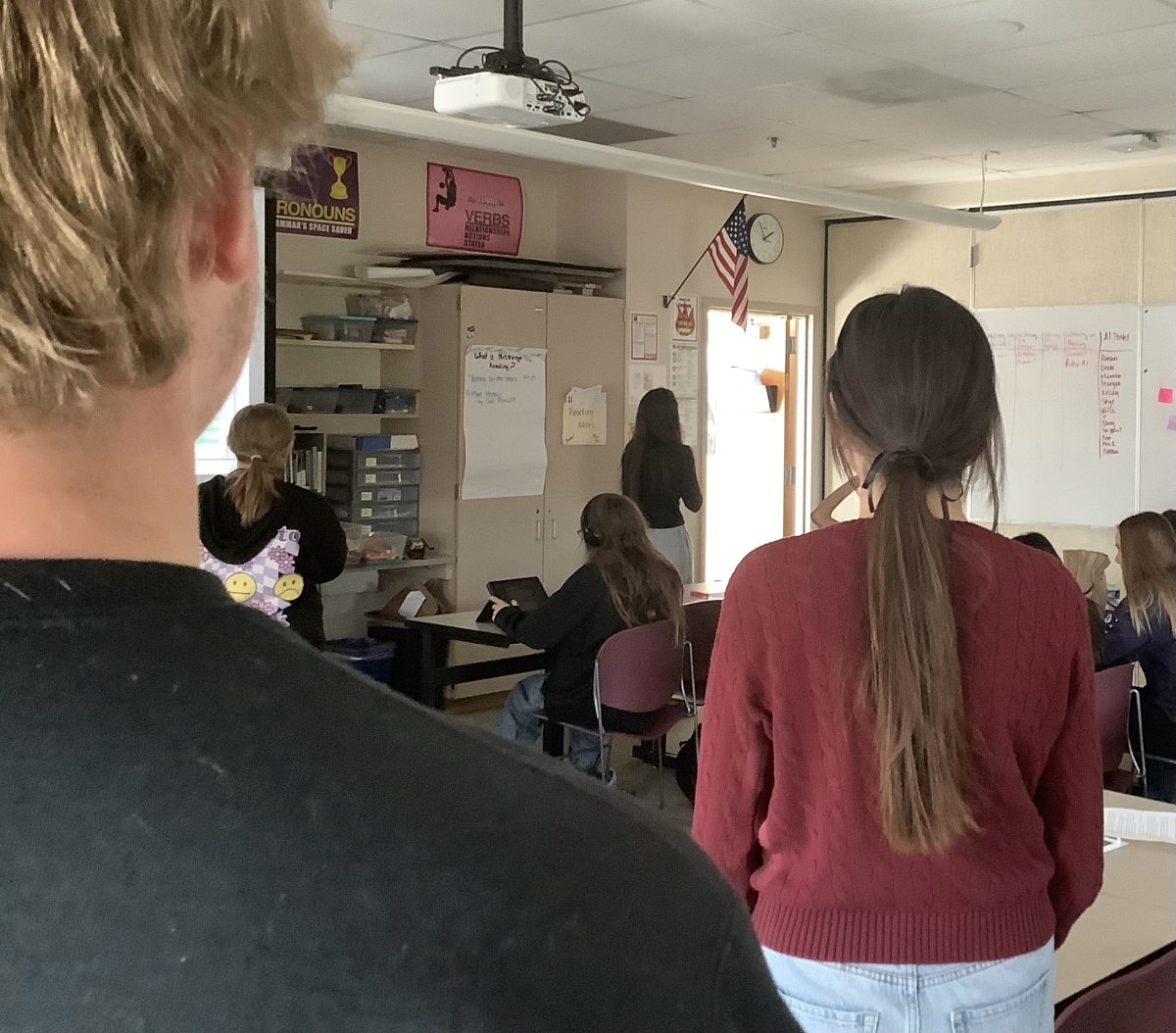


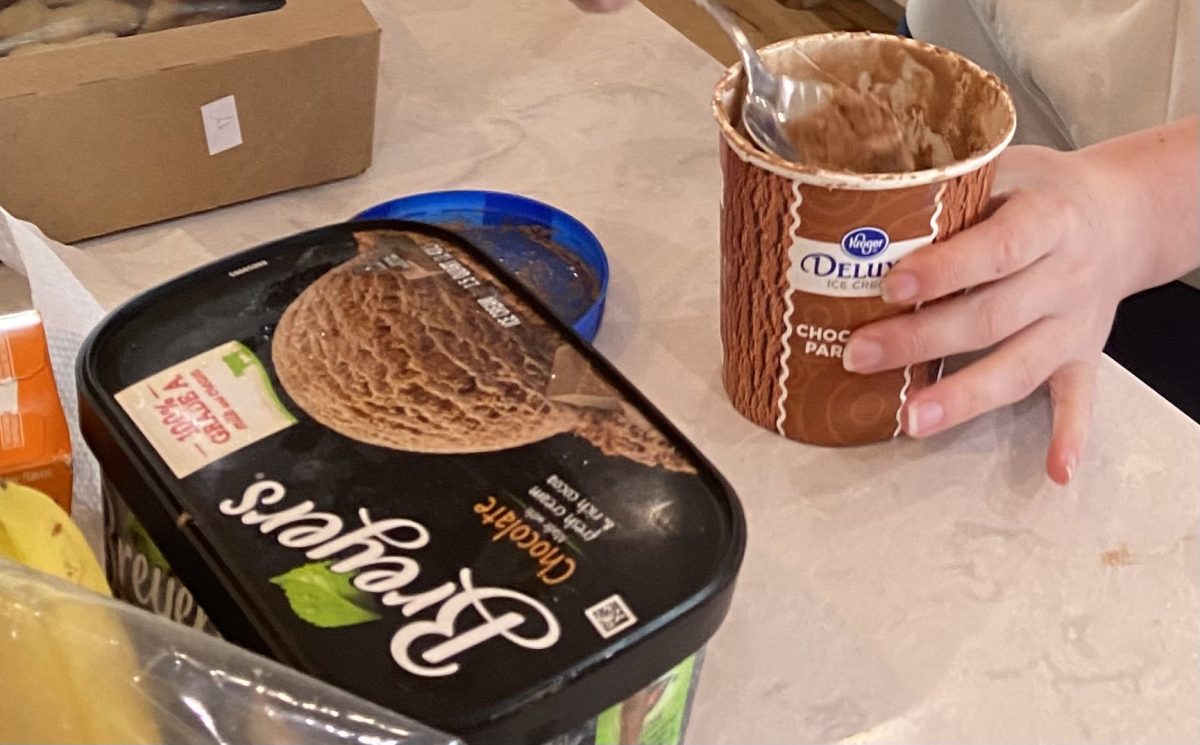
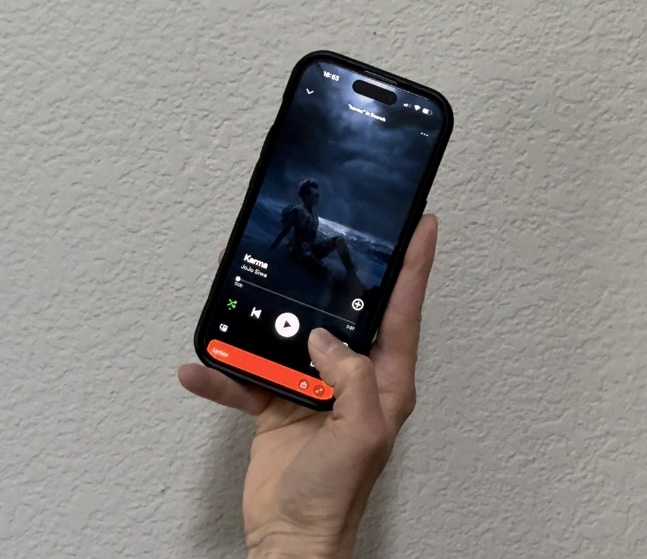
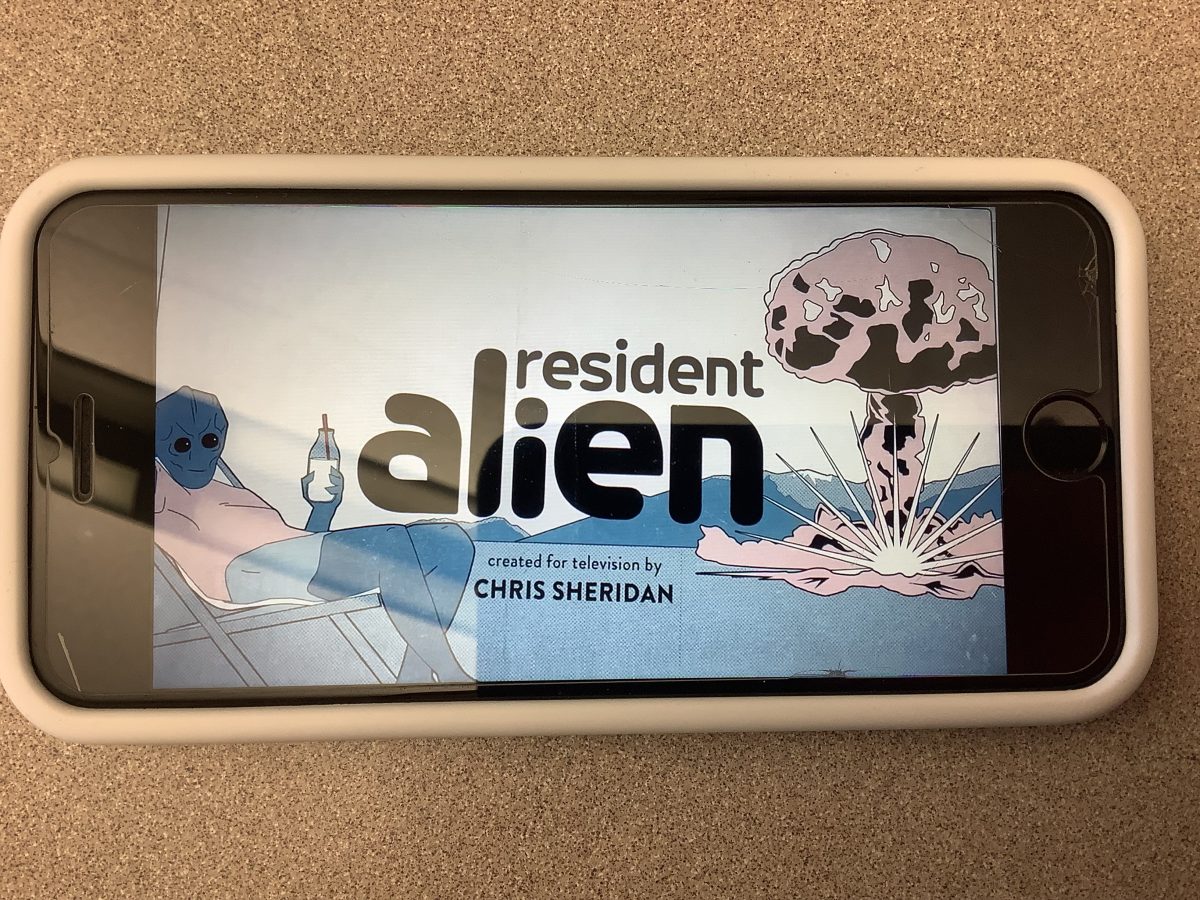

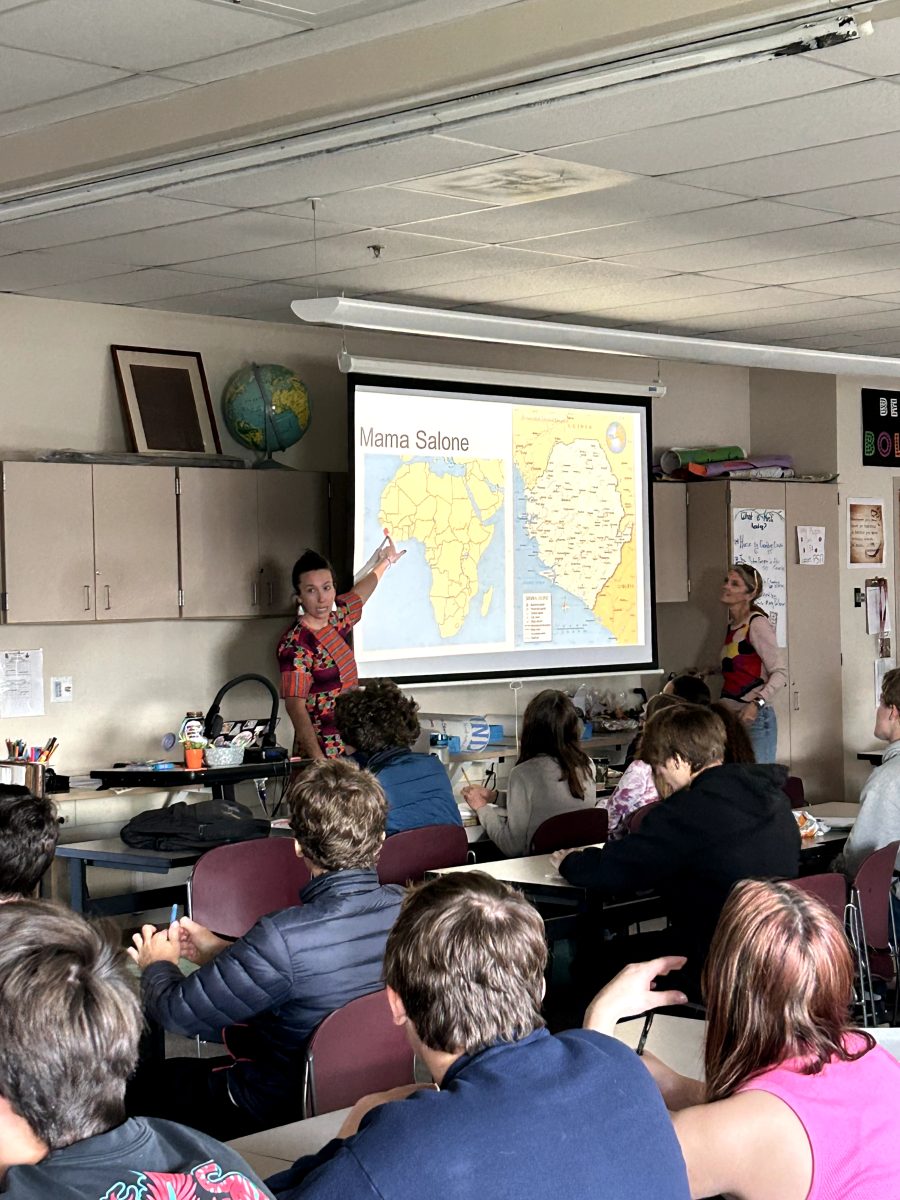

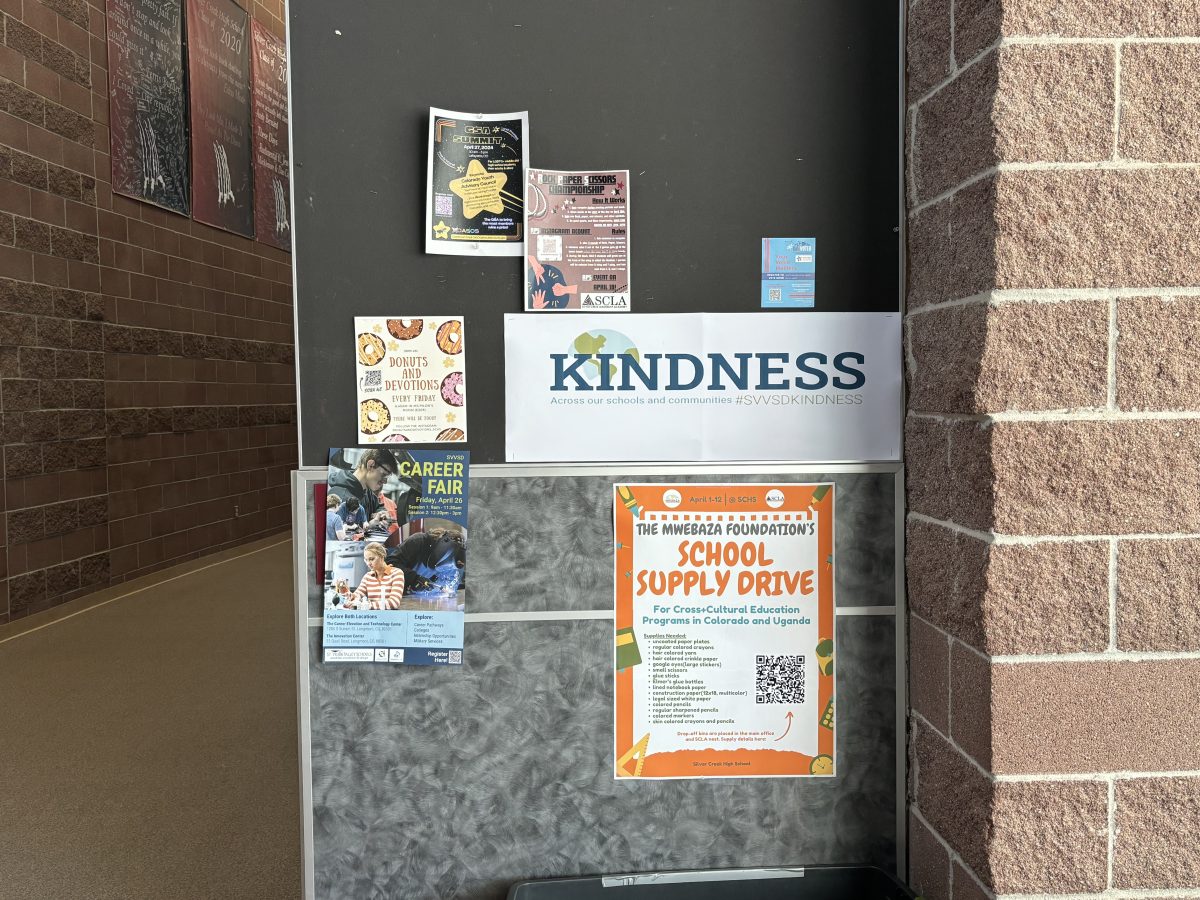

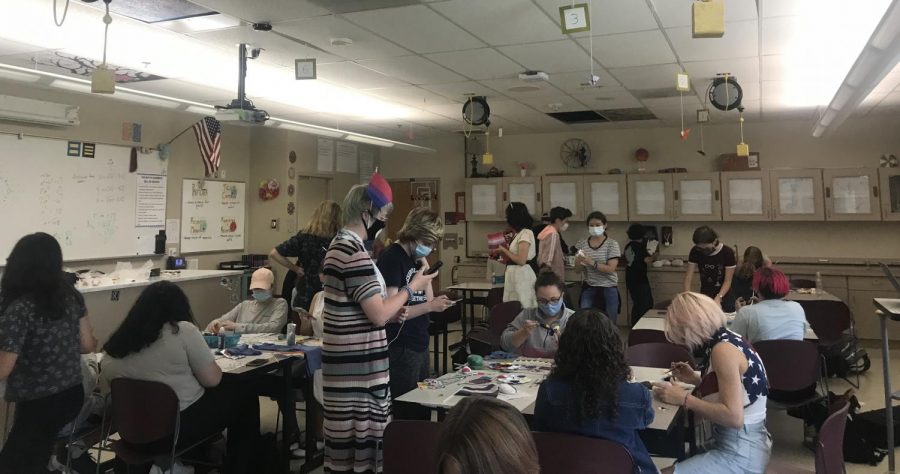
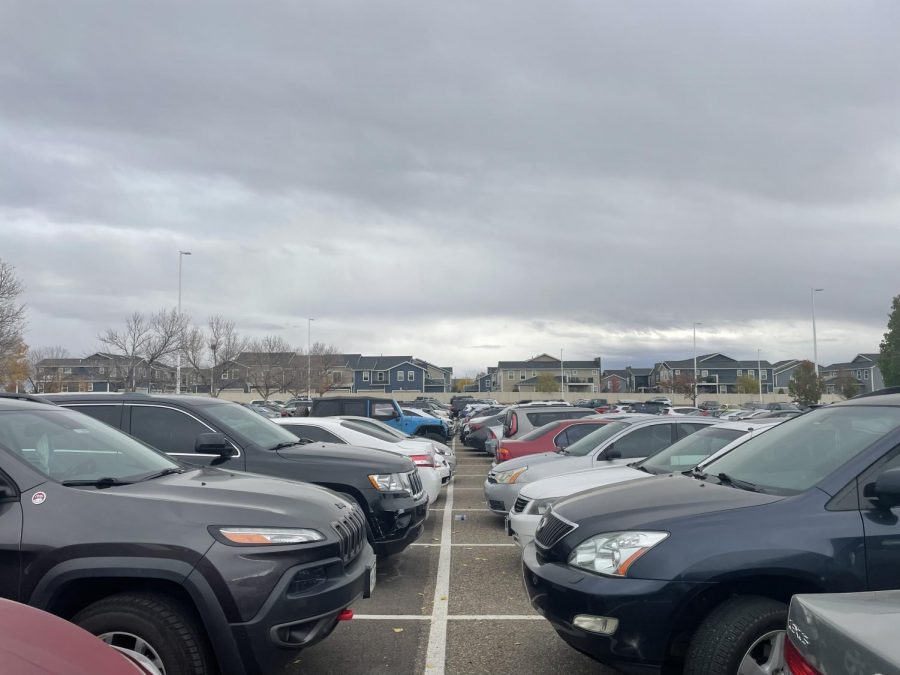
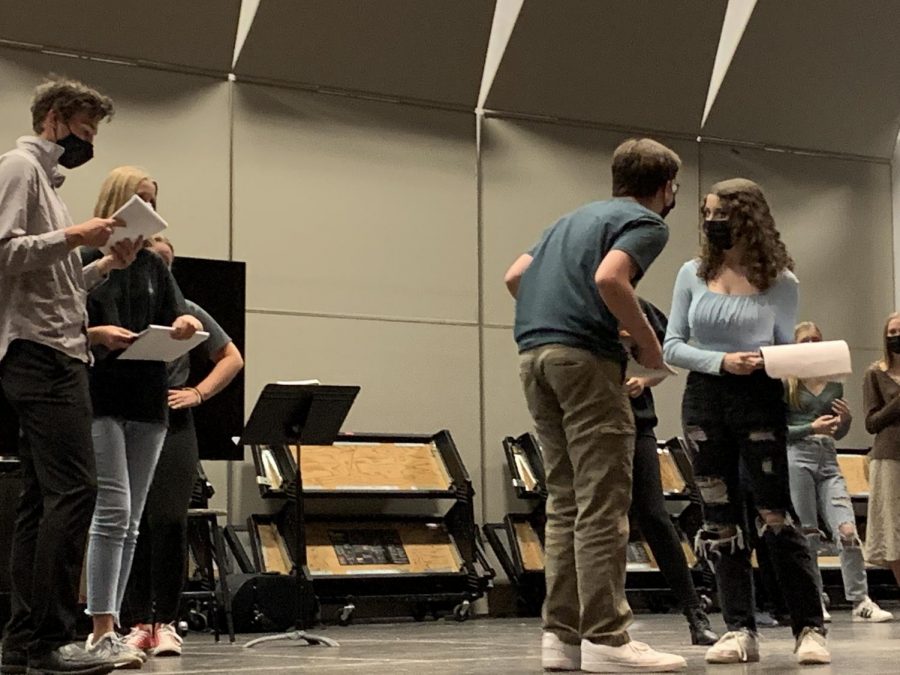
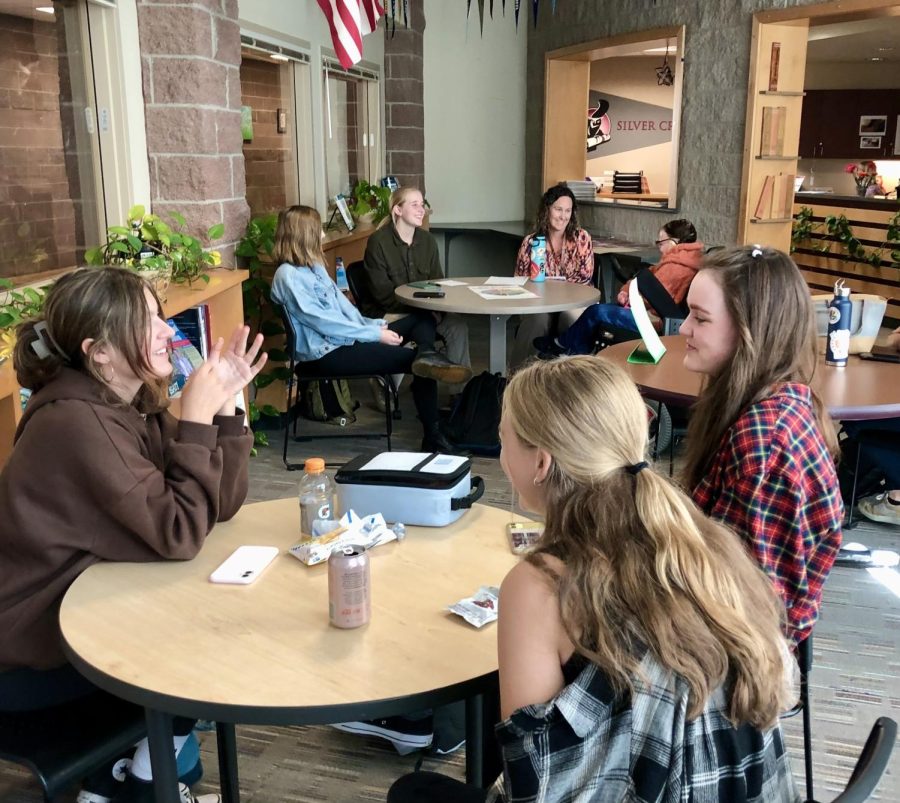
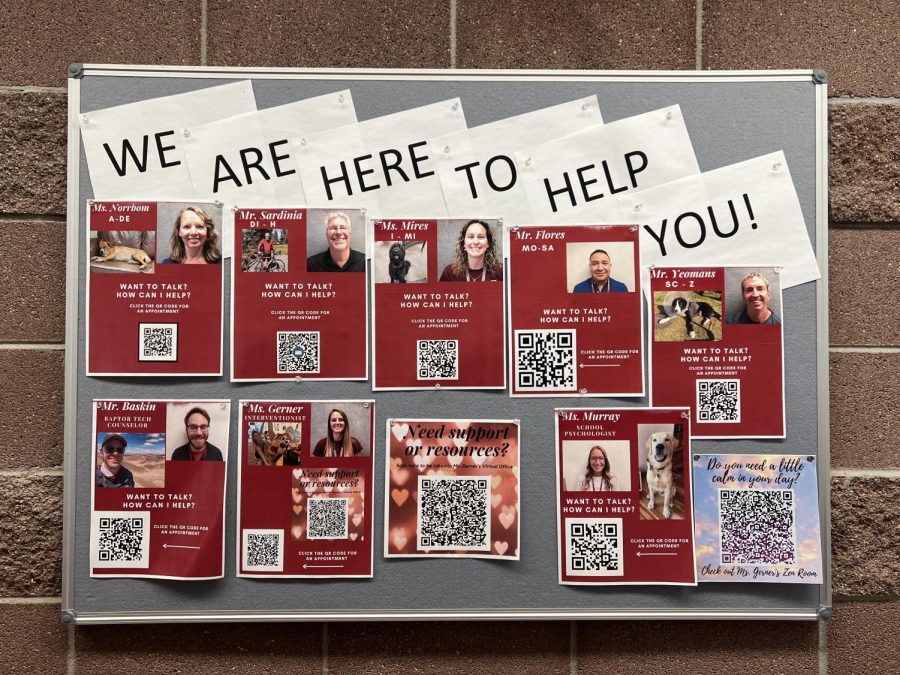
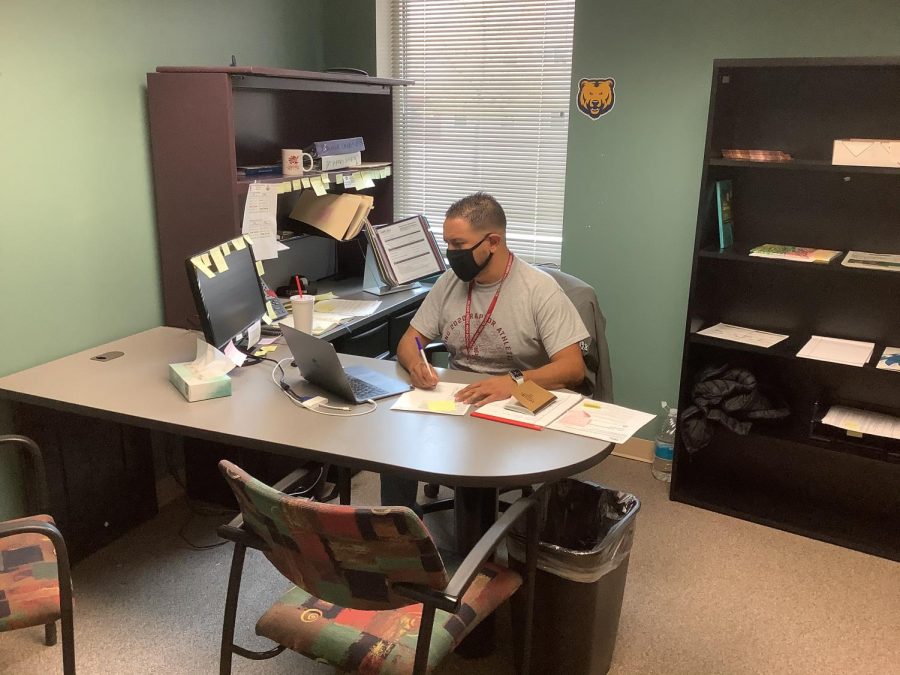

![Hosting the SCLA Casptone Mentor Dinner outside allowed for more attendees on September 27, 2021 at Silver Creek. This event would’ve usually been held inside. According to Lauren Kohn, a SCLA 12 teacher, “If we have a higher number of people, as long as we can host the event outside, then that seems to be keeping every[one] safe”.](https://schsnews.org/wp-content/uploads/2021/11/sxMAIGbSYGodZkqmrvTi5YWcJ1ssWA08ApkeMLpp-900x675.jpeg)
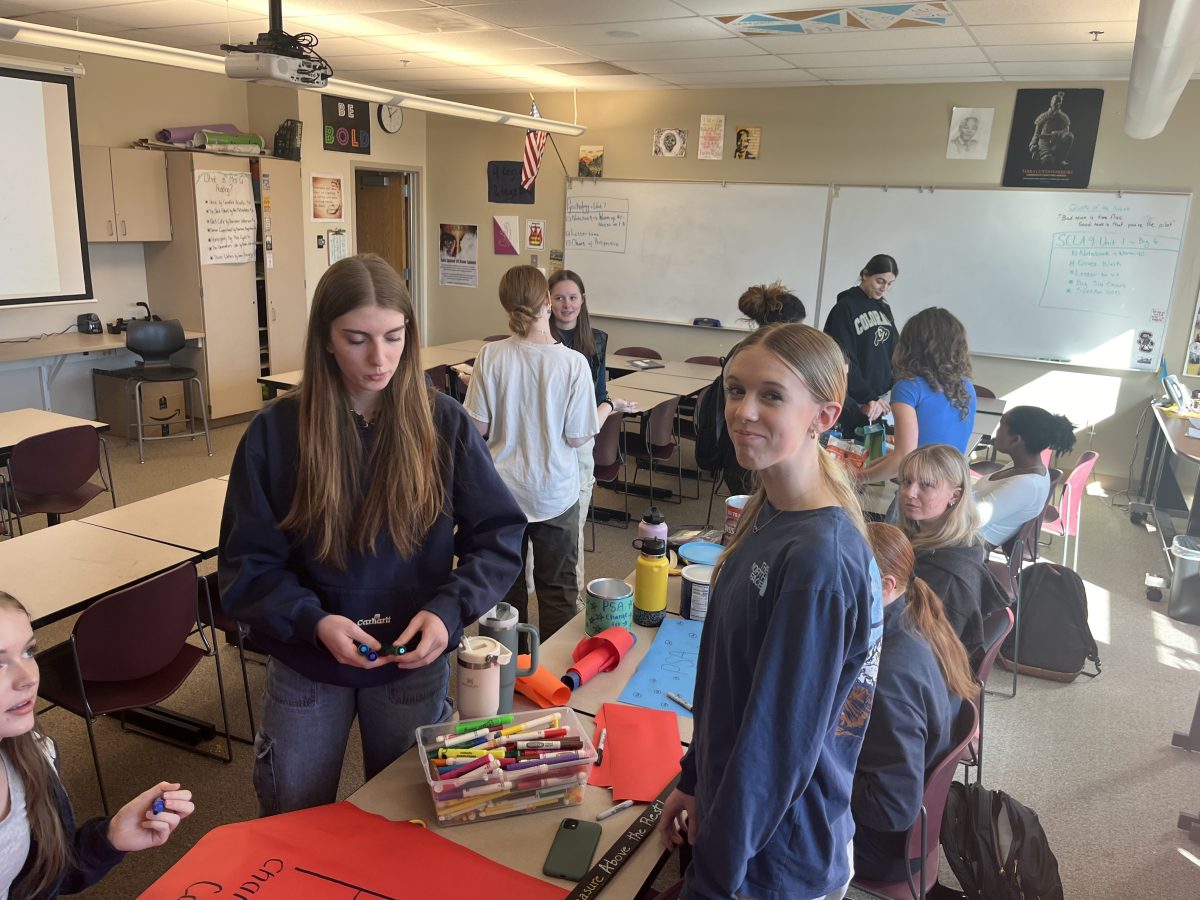
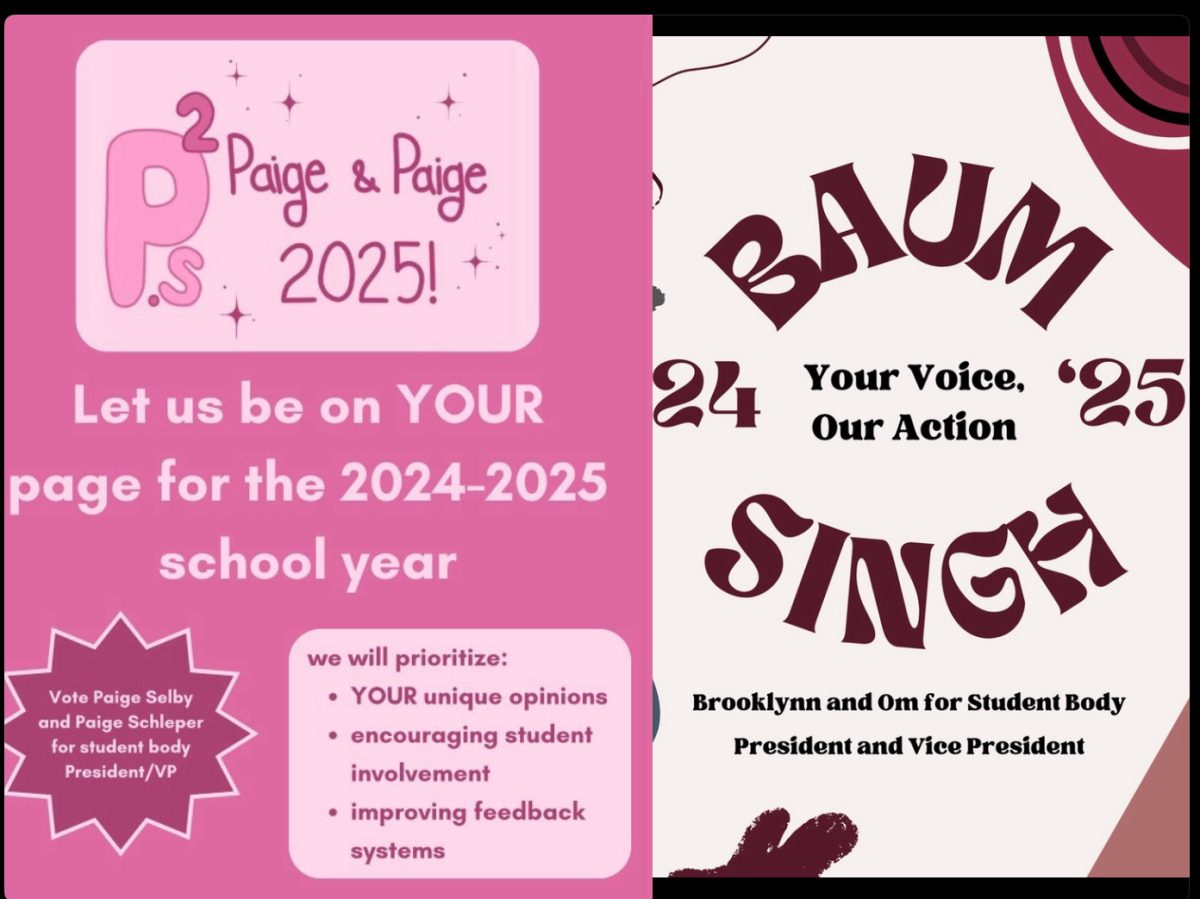
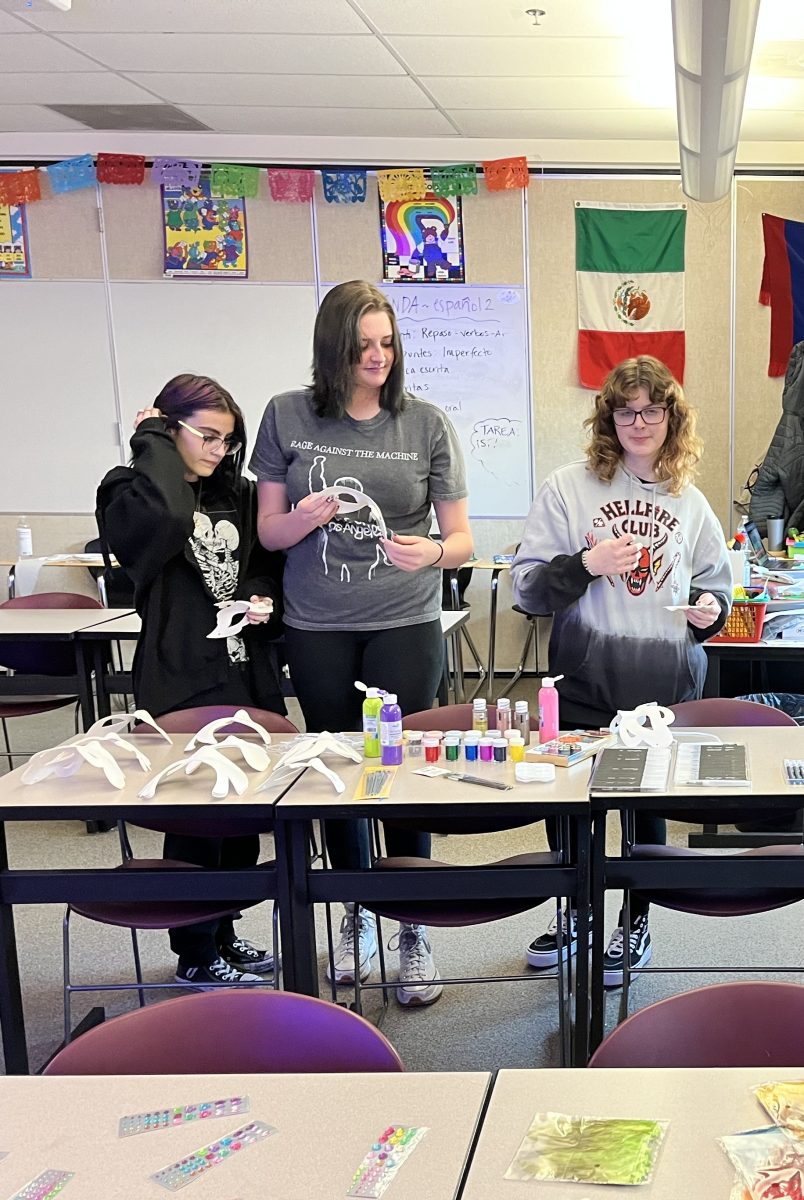
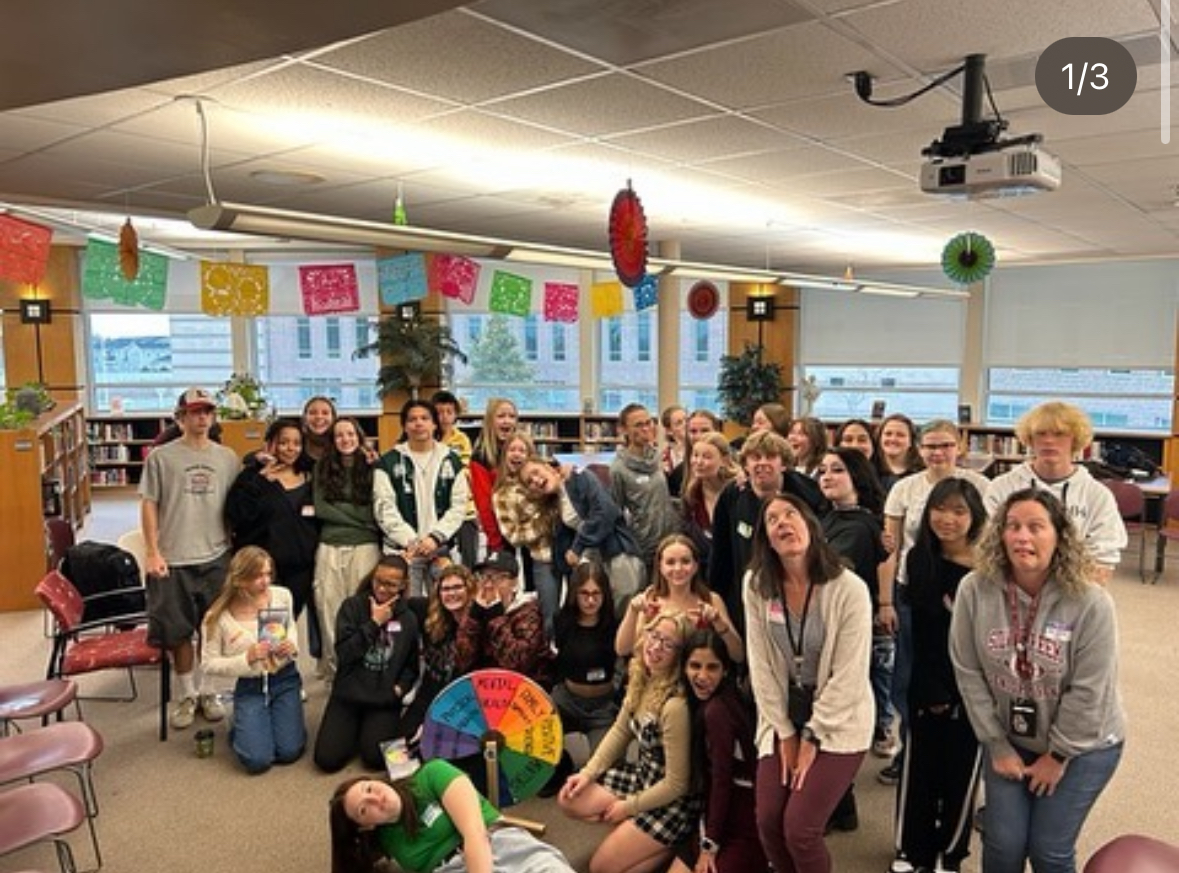

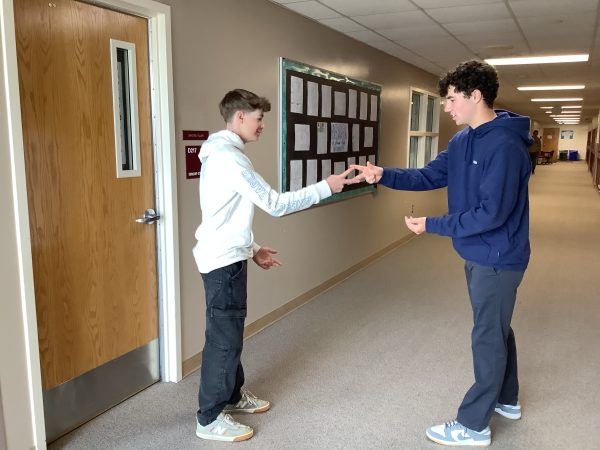
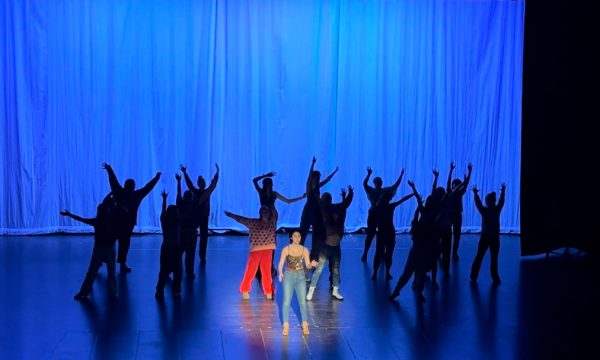
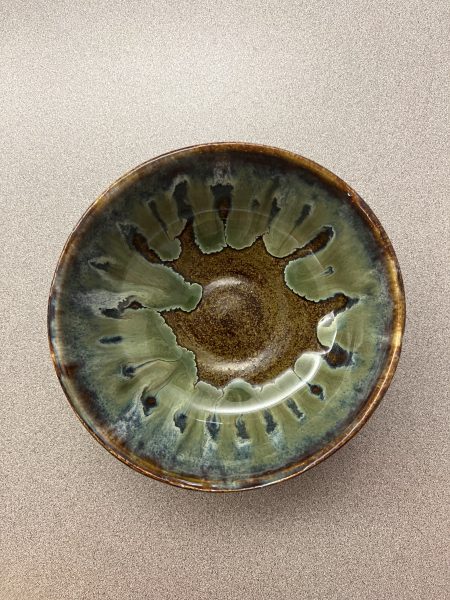
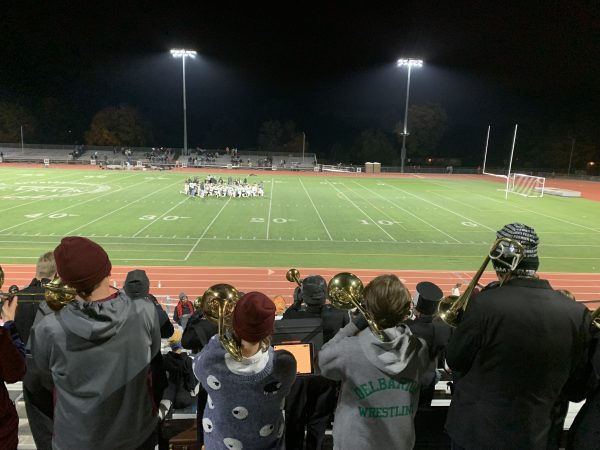
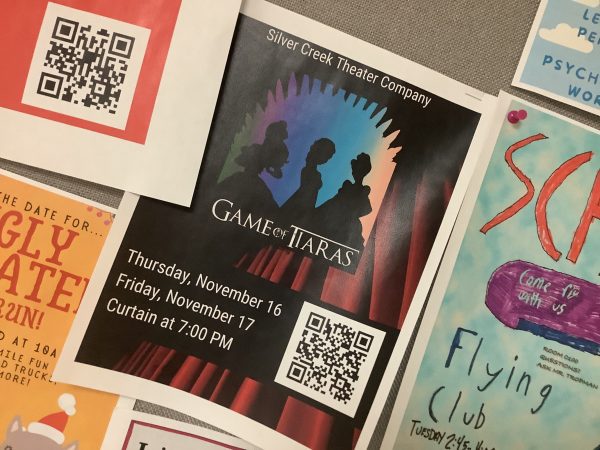
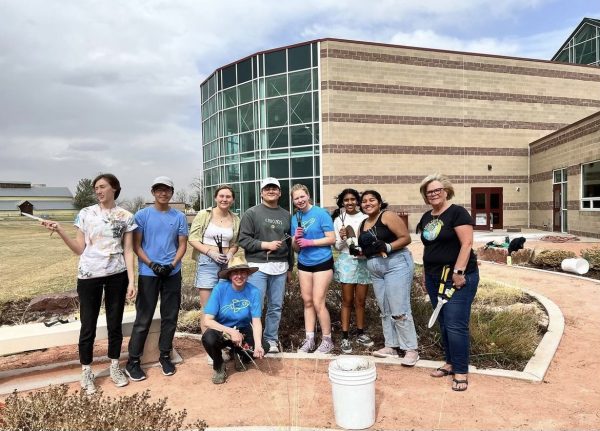

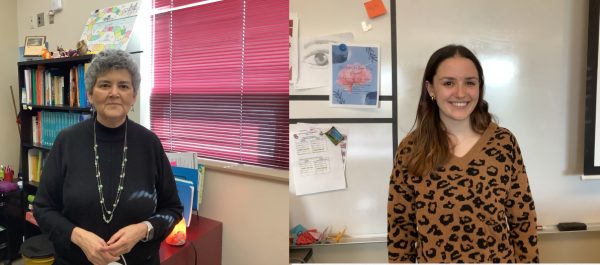

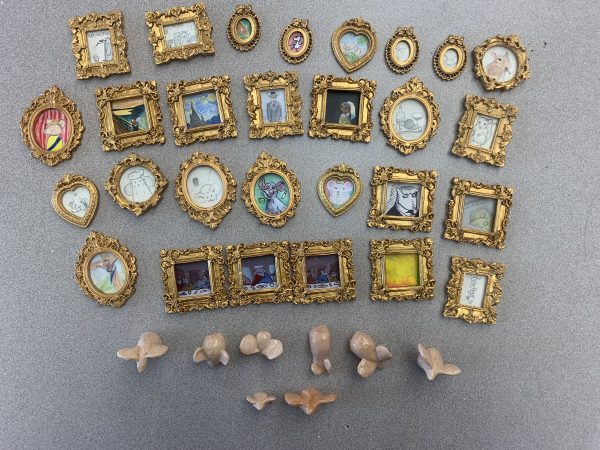
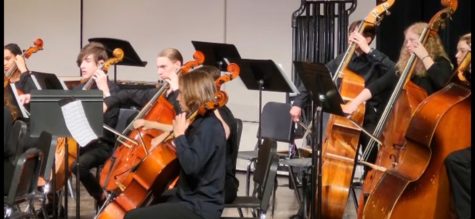
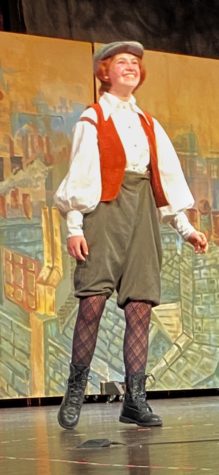
![All of Silver Creek’s choirs (Bella Voce, Fella Broce [Tenor/Bass Choir], Treble Choir, and Concert Choir) end the Farewell Concert this past Wednesday by singing ‘Bridge Over Troubled Water’.](https://schsnews.org/wp-content/uploads/2023/05/vhqhukbvkmv3dYDiK103AknVtEVc5G9alwsACnz9-475x227.jpg)
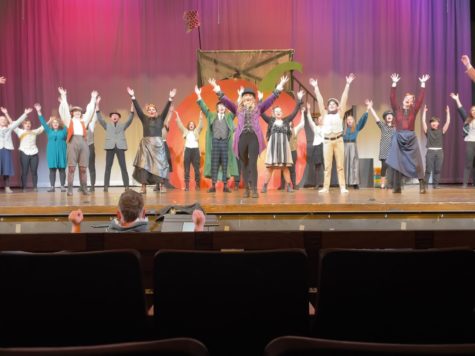
Sashiana A-M • Nov 19, 2021 at 2:35 pm
I especially loved the photo that you added to the article. THE cut line was cool since it added context to specifically what was happening. I also think that the article ended very well by providing a sense of hope for the challenges that COVID has thrown at the school these last couple of years.